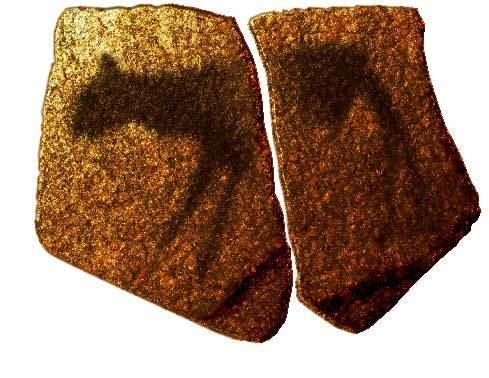 | ||
Namibia, a country in south-western Africa, has a total of 124 known caves, 41 of which are situated in the Otjozondjupa Region.
Contents
In several of these caves research has been done and published in various journals, but of a variety of caves the location is not commonly known, as the information got lost over the years. Some locations are also deliberately kept secret to protect the caves.
History
The caves known to local people were reported by early explorers and travelers. The caves of Namibia are not reported for their beauty, but for their practical and curiosity reasons.
A very common belief is that caves were used as shelter places by the San people (Bushmen). However, San did not use caves to shelter in, as most caves of Namibia have vertical entrances and also are situated on top of elevations. Caves were only used when they were accessible and allowed observation over approaching and surrounding area and also room was provided at entrance to shelter. Resources like water, bird’s eggs and honey were indeed used by the local people.
Throughout 1882 to 1915, the Imperial German colonial administration troops were interested in caves, as they provided in remote areas water supply for transport animals. Cave pools which were accessible were used as water points for police patrols and resistance fighters alike.
As years past, landowners got interested in caves, as due to WW1 and WW2 nitrate resources was regarded as a strategic resource and could not be used as fertilizers anymore. Nitrate minerals were replaced by bird guano, but only a small quantity was used locally, the rest was exported. As no fertilizer was available, farmers searched caves and used bat guano as alternative. In the period of 1935 to 1942 more than 10 000 tons of bat guano was extracted from Arnhem cave, but also smaller caves like Nooitgedacht, Otgrot, Valle and others, were mined.
From 1963 research was done on various caves all over Namibia. It was done by local people, but also a variety of researcher from Australia, Austria, France, Germany and many more countries. A problem with researchers from other countries is that they do not ensure that their results and reports are available in Namibia and so valuable information is then lost.
